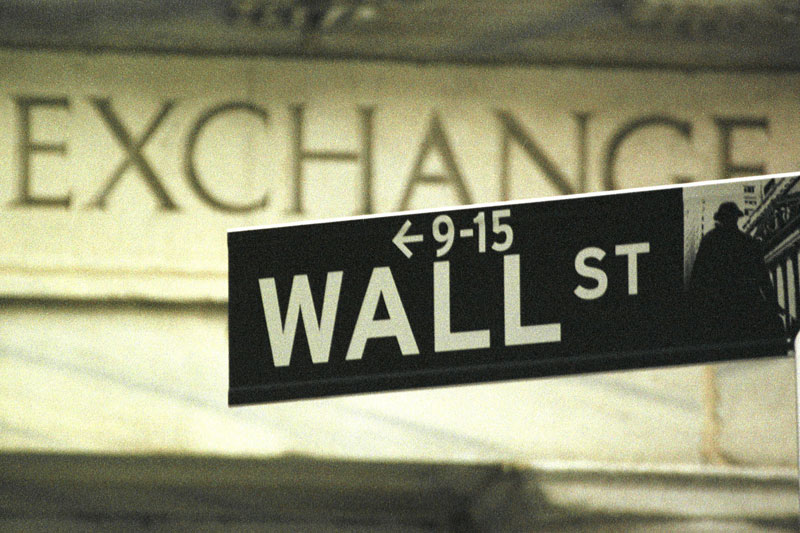* Futures higher: Dow 164 pts, S&P 13.25 pts, Nasdaq 44.25 pts
By Ankur Banerjee and Sruthi Shankar
March 6 (Reuters) - U.S. stock futures pointed to a higher opening on Tuesday on the prospect of talks between North Korea and the United States and increasing resistance to President Donald Trump's proposed metals tariffs.
North and South Korea will hold their first summit in more than a decade in late April, the South's presidential office said on Tuesday, adding that North Korea was open to talking with the United States regarding denuclearization and normalizing ties. news added to early gains for U.S. markets, which have been recovering from a bout of concern over the possibility of a global trade war following remarks by Trump last week.
"Of course, the North Korea news is basically what's extending yesterday's rally," said Peter Cardillo, chief market economist at First Standard Financial in New York.
"There's also a lot of pressure regarding the tariff - not only GOP, trading partners but also many business leaders in the United States."
Investor fears were eased after Trump's threat of hefty tariffs on aluminum and steel was seen as a negotiating tool following his tweet that Canada and Mexico could avoid the tariffs if they ceded ground in the North American Free Trade Agreement (NAFTA) talks.
Top U.S. Republicans, including House Speaker Paul Ryan, urged Trump on Monday not to go ahead with the tariffs.
By 7:20 a.m. ET, Dow e-minis 1YMc1 were up 164 points, S&P500 e-minis ESc1 gained 13.25 points and Nasdaq 100 e-minis NQc1 rose 44.25 points.
The U.S. Department of Commerce is scheduled to releasefactory orders data for January, which is expected to show a 1.3percent fall, compared with an increase of 1.7 percent in theprevious month. The data is expected at 10 a.m. ET.
Federal Reserve Bank of New York President William Dudleyand Federal Reserve Bank of Dallas President Robert Kaplan aredue to speak at different events on Tuesday.
Focus will also be on the upcoming February jobs data due onFriday that will show the strength of the labor market.
Last month's U.S. payrolls report showed wages growing attheir fastest pace in more than eight years, fueling concernsthat both inflation and interest rates would rise faster thanexpected that led to a steep market selloff.
